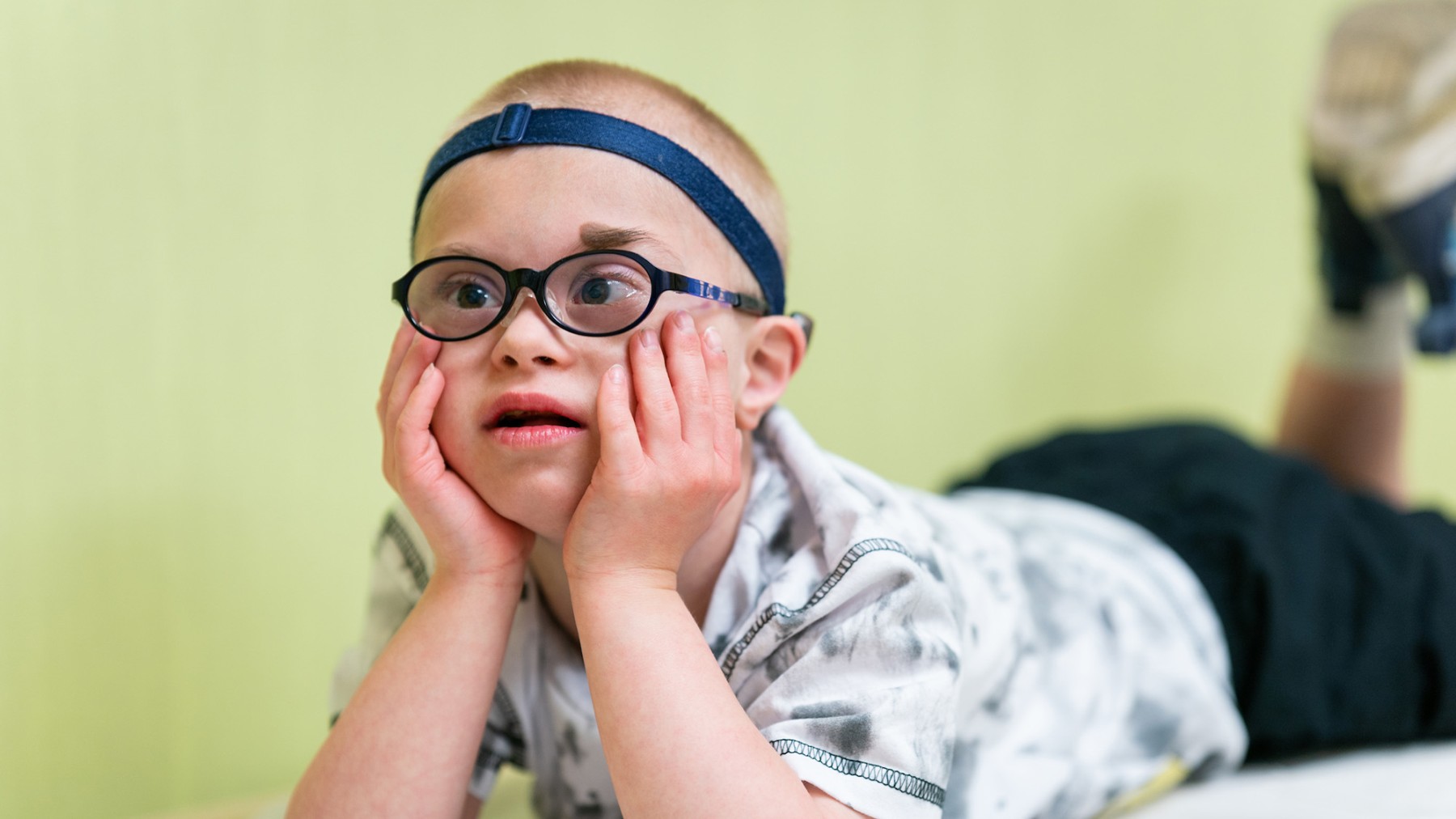Down syndrome happens when a person is born with an extra chromosome. Chromosomes determine how a baby’s body forms and functions. A baby is born with 46 chromosomes. Babies with Down syndrome are born with an extra copy of these chromosomes, known as chromosome 21. Chromosome 21 changes how a baby’s brain and body develop over time. This can cause physical and mental challenges as the child gets older.
Down syndrome is the most common chromosomal condition in the United States. It occurs in about 1 in every 700 babies. It is sometimes referred to as chromosome 21 disorder or chromosome 21 syndrome.
What causes Down syndrome?
While we know that the extra chromosome 21 leads to physical and developmental differences, researchers are still unsure of Down syndrome causes. There are still many questions around the genetic cause of Down syndrome, as well.
What are the symptoms and effects of Down syndrome?
Each child born with Down syndrome has different abilities. Typically, the effects of Down syndrome may include having a lower IQ and being slower to speak than other children who are the same age. Physically, there are some common features you might see in a newborn with Down syndrome. Children with Down syndrome often have a flattened face, almond-shaped eyes that slant up, poor muscle tone, short height, and a tongue that tends to stick out of their mouth. These are the signs of Down syndrome that most parents and caregivers notice first.
How is Down syndrome diagnosed?
There are three types of Down syndrome. Without knowing the specific chromosome makeup of a child, you would not be able to tell the difference because the physical features and behaviors are so similar.
Roughly 95% of people with Down syndrome have trisomy 21. A trisomy 21 diagnosis is made when each cell in the body has 3 separate copies of chromosome 21, instead of the usual 2 copies. About 3% of people have translocation Down syndrome. Children with translocation Down syndrome have an extra part or an extra chromosome 21 that is present but attached to a different chromosome. Two percent of children have mosaic Down syndrome. Mosaic Down syndrome is different in each child and is considered a mixture or combination of chromosomes.
There are two tests available during pregnancy that will look for the Down syndrome chromosome: a screening test and a diagnostic test. A screening test involves a blood test and an ultrasound. It does not provide a diagnosis; however, it can let a woman know whether her pregnancy is at a higher risk. A diagnostic test, on the other hand, can usually detect if a baby has Down syndrome. It can be slightly risky for the mother and developing baby because a healthcare professional needs a sample from the placenta, the amniotic fluid, or the blood of the umbilical cord. A Down syndrome pregnancy, as always, is best monitored with the help of medical professionals.
Most often diagnosed at birth, Down syndrome physical features, such as low muscle tone, a flattened face, and an upward slant in the eyes, are most often present and can confirm the diagnosis.
 Home Page
Home Page

